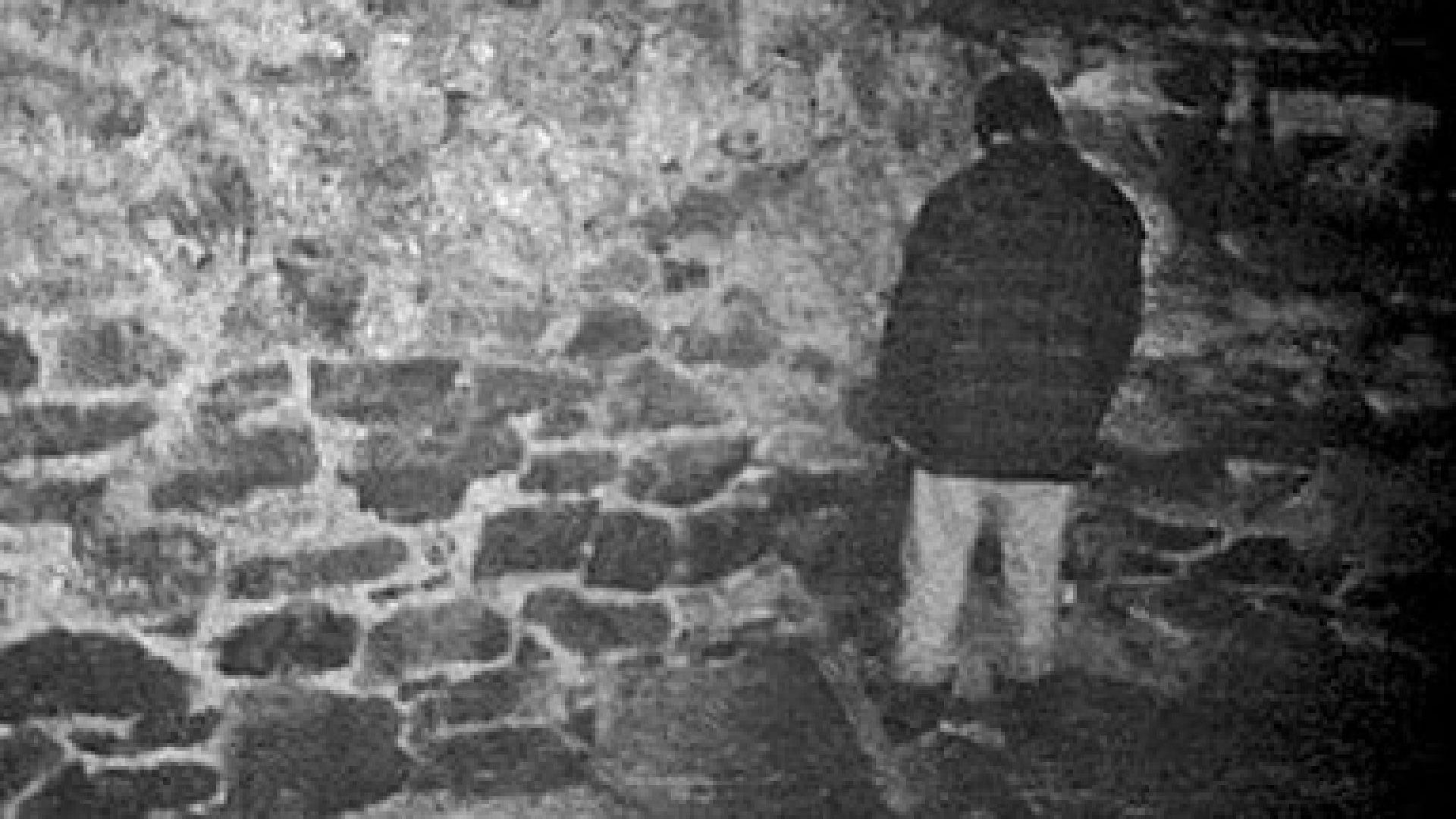Thesis
The Blair Witch Project (1999) works as a parody of a documentary film (a fictional documentary) because of its critical distance from the genre. Its status as parody allows it to be entertaining no matter the audience’s awareness of its fictionality. Artisan‘s marketing for the film is also parodic, however it takes the form of a corporation’s parody of postmodernism rather than an independent film’s parody of the documentary film. This can have political implications and usages.
Notes & Quotes
…even the most complexly constructed meta-textual hall of mirrors eventually meets the stone walls of legality and corporate copyright…the studio doesn’t embody postmodern, heteroglossic, rhizomic, or internet states as much as it parody these sets of conventions. Artisan authorizes a postmodern playground; ironically, the heteroglossia is born from a transparent organizing principle ($)… As prone to reauthorization as the most rebellious form of parody automatically is, an ad-campaign ironically distancing itself from ad-campaigns is transparently reauthorizing; it is a way of building resistance, synthesis, and evolution into the market. (167-8)
This passage makes me wonder how much the advertising campaign of The Blair Witch Project has influenced advertising for films and other pop culture events. In this article, Joseph Lavender-Smith also notes that Blair Witch (as well as other parodic-doc horror films) are successfully partly because both its “dummy audience” and its audience of erudite horror fans will find it entertaining, though for different reasons. I wonder if this fact allowed the marketing team greater freedom and success than if it had been a parodic comedy film, like Best in Show or Waiting for Guffman. It also makes me wonder about what negative influence this marketing campaign may have had: are documentary films no longer held to the same standards of truth-telling? Is it ethical to have a film marketed in this fashion, with only the production company’s labels pointing towards its fictionality? I’m definitely also interested in the Blair Witch event’s connection to the internet. There are a number of digital projects that work in this same parodic frame, however the internet (largely) doesn’t require artists to include the minor signs of fictionality that were required of the Blair Witch creators.
I also really appreciated Lavender-Smith’s discussion of the invisible yet haunting presence of the unseen and unknown editor (163-4). This editor attempts to create the documentary that Heather wanted (via techniques like voice-overs) but parodies this mode against its own “meta-documentary about the crew’s breakdown” (163). Lavender-Smith describes the meta-documentary as more “immediate” than Heather’s, which adds multiple layers to the film, making this unknown editor’s work supposedly operate within the same world as the audience. The self-reflexive nature of Blair Witch allows it to be all the more frightening because of its hyper-modality, as well as its use of the documentary genre.
